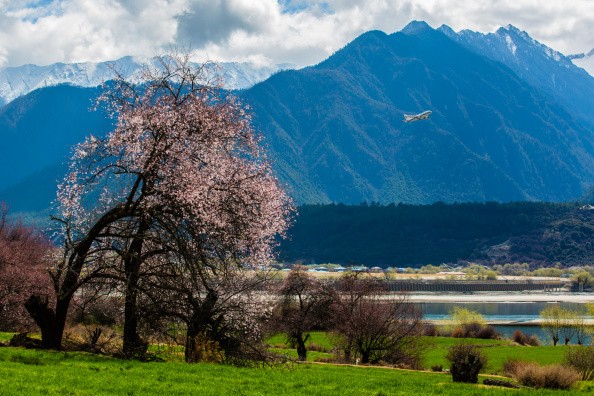China opens the second largest airport terminal in Tibet, near the borders of India. As China makes this bold move, China-India relations are being put to the test.
The terminal is the sixth opened in Tibet and is part of the Nyingchi Mainling Airport. The airport is located close to Arunachal Pradesh, the northeast border of India.
The improvements made by the Chinese government on Tibetan road, rail, and air infrastructure have posted concerns in India. The said developments give China’s military forces a foot ahead.
In the recent years, India has also worked on developing its border infrastructure.
According to a report on a state-run news agency, the terminal is 10,300 square meters in area. With this space, the terminal will have the capacity to accommodate 750,000 passengers and 3,000 tons of cargo annually by 2020.
New air routes to Xi’an, the capital of Shaanxi Province, will be opened by the Nyingchi Airport. Routes to Beijing will also be resumed.
According to Liu Wei, deputy director of Civil Aviation Administration of China in Tibet, round trip flights to Lhasa, Guangzhou, Kunming, Chongqing and Shenzhen are also expected to increase as the new terminal becomes operational.
Since Nyingchi Mainling Airport became operational in 2006, an increase in passenger flow has been observed each year. In 2016, the passenger volume reached 390,000, making the passenger volume in the past years hit the two million mark.
The new terminal is expected to lift the pressure brought by the increasing number of passengers, Liu added.
Located in the southeast of Tibet, Nyingchi has an average elevation of 2,950 meters above sea-level. Based on reports, tourist attractions such as the peach blossom festival have encouraged more people to visit the city.
The new airport terminal in Tibet is strategic. It provides China with a military advantage. At the same time, the new terminal’s operation is in line with the country’s intent to boost its tourism sector.
The opening of the new terminal is advantageous to China in many ways. However, it may undermine China-India relations.



























